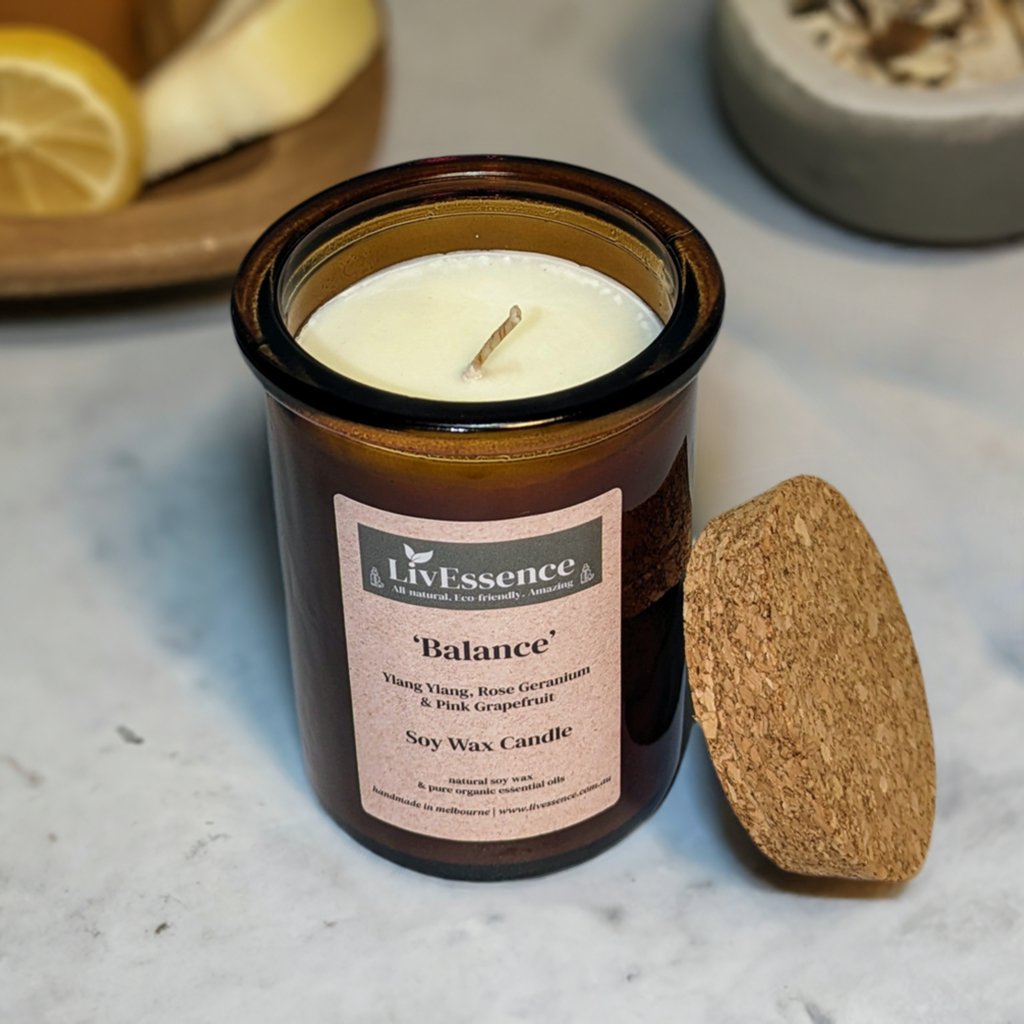Raise Your Area with Costs Soy Wax Candles and Home Fragrance
Raise Your Area with Costs Soy Wax Candles and Home Fragrance
Blog Article
From Wick to Wax: Comprehending the Chemistry Behind Soy Wax Candles and Their Ecological Effect
As we illuminate our rooms with the warm radiance of candle lights, there lies a realm of detailed chemistry behind the relatively simple act of lighting a soy wax candle. The choice in between soy and paraffin wax prolongs beyond mere aesthetics, diving right into the realm of ecological impact and the extremely make-up of the products. Recognizing the molecular framework of soy wax and its combustion process clarifies the emissions launched into our environments. Join us as we untangle the clinical intricacies behind soy wax candles and discover their effects on our atmosphere.
Soy Wax Vs. Paraffin Wax
When comparing soy wax and paraffin wax for candle light making, it is vital to comprehend the unique qualities and benefits of each product. Soy wax is a natural, eco-friendly resource stemmed from soybean oil, making it green and eco-friendly - candles. In contrast, paraffin wax is a result of oil refining, which increases concerns concerning its ecological impact and sustainability
Soy wax candles melt cleaner and give off less soot contrasted to paraffin wax candles, making them a much healthier selection for interior air quality. Furthermore, soy wax has a lower melting point, permitting a longer-lasting candle light that disperses scent more effectively. Paraffin wax, on the various other hand, often tends to shed faster and less cleanly, potentially launching hazardous chemicals into the air.
From a sustainability point of view, soy wax is favored for its biodegradability and renewable sourcing, straightening with the growing customer preference for environmentally mindful products. While paraffin wax has actually been a traditional choice in candle light making because of its price and convenience of usage, the shift towards environment-friendly options like soy wax is gaining momentum in the industry.
Chemical Structure of Soy Wax

Burning Process in Soy Candles
The chemical composition of soy wax directly influences the combustion procedure in soy candle lights, impacting aspects such as shed time, fragrance release, and ecological impact. When a soy candle is lit, the heat from the fire melts the wax near the wick. This liquid wax is then formulated the wick due to capillary activity. As the liquid wax reaches the flame, it goes through and vaporizes burning. The burning process involves the vaporized hydrocarbons in the wax responding with oxygen airborne to generate warm, light, water vapor, and carbon dioxide.
The combustion effectiveness of soy candles is affected by company website the purity of the soy wax and the top quality of the wick. A clean-burning soy candle with an appropriately sized wick will generate a stable fire and reduce soot development. This not only extends the shed time of the candle light but also improves the launch of fragrances. Furthermore, soy wax candle lights have a reduced ecological influence compared to paraffin candles because of their biodegradable and sustainable nature.

Ecological Benefits of Soy Wax

Taken into consideration a sustainable option to traditional paraffin wax, soy wax supplies significant environmental advantages that make it a popular option amongst eco-conscious consumers. Soy wax burns cleaner and generates less residue than paraffin wax, adding to better indoor air top quality and decreasing the demand for cleansing and maintenance. In general, the environmental benefits of soy wax line up with the expanding demand for environmentally friendly and sustainable products in the market.
Recycling and Disposal Factors To Consider
Recycling and correct disposal of soy wax candle lights play an essential function in maintaining ecological sustainability and minimizing waste in areas and houses. When it comes to reusing soy wax candles, the very first action is to make sure that the candle has burned totally.

In terms of disposal, if recycling is not a choice, soy wax candle lights are eco-friendly and can be safely taken care of in the majority of house waste systems. It is always advised to examine with regional recycling centers or waste monitoring solutions for certain standards on candle disposal to make certain appropriate handling and ecological protection.
Conclusion
In verdict, the chemistry behind soy wax candles discloses their environmental advantages over paraffin wax candles. Soy wax, stemmed from soybean oil, burns cleaner and creates less soot when contrasted to paraffin wax. The burning process in soy candle lights is more effective, resulting in a much longer and much more also burn. Furthermore, soy wax is eco-friendly and naturally degradable, making it an extra sustainable option for candle manufacturing. Reusing and proper disposal of soy wax candle lights better contribute to their ecological influence.
When comparing address soy wax and paraffin wax for candle production, it is vital to understand the unique qualities and advantages of each product (candles).Soy wax candle lights shed cleaner and produce less residue contrasted to paraffin wax candle lights, making them a much healthier option for interior air top quality.Taken into consideration a sustainable alternative to conventional paraffin wax, soy wax supplies remarkable ecological advantages that make it a popular choice amongst eco-conscious customers. Soy wax burns cleaner and creates much less residue than paraffin wax, contributing to far better interior air top quality and reducing the need for cleansing and maintenance.In final thought, the chemistry behind soy wax candle lights exposes their ecological benefits over paraffin wax candle lights
Report this page